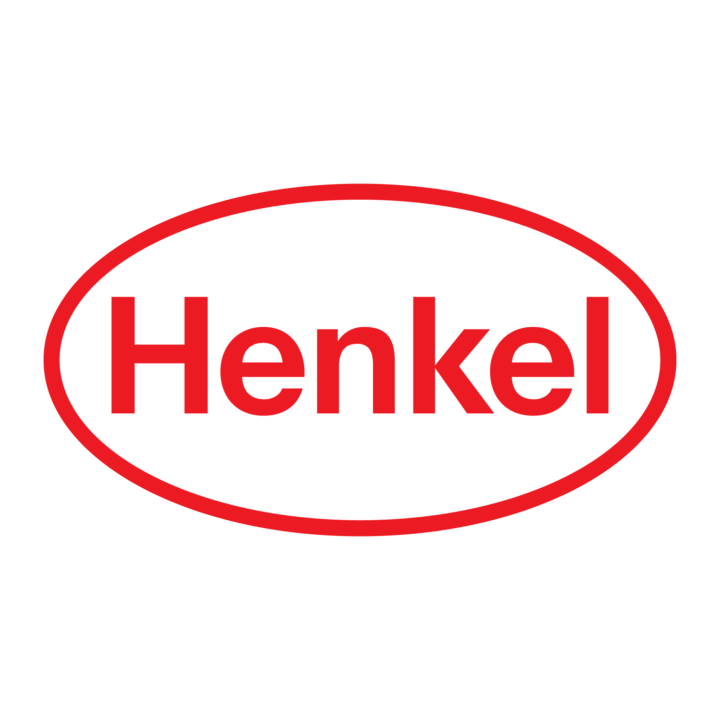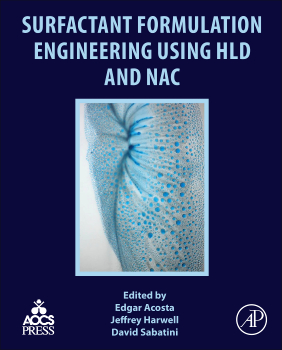What do you need?
Formulation Boosting R&D Service
About us
At Van Loon Chemical Innovations (VLCI), we thrive on formulating that boosts your chemistry! VLCI provides R&D services to the formulation industry, focused on the practical implementation of predictive formulation sciences combined with High Throughput screening. Customers benefit from our flexible on-demand approach to speed up their R&D, by obtaining more insights to formulate efficiently and using digitalization for intelligent design.
In addition to our broad experience and formulation knowledge, we lead our customers towards the digitalization of their R&D, thanks to predictive ingredient data. Throughout the years, VLCI has developed a strong expertise in applying the predictive sciences of HSP and HLD-NAC to provide sustainable data. The data can be obtained for a broad range of ingredients and are applicable to the development of all types of formulated systems (blends, solutions, dispersions and emulsions). The formulation industries that benefit from using these methods are: coatings, personal care, household, agrochemicals, petrochemicals, pharmaceuticals, etc.
Discover more through our website and get in touch with us to discuss your formulation challenges! Based upon you needs, we provide you with a specific and detailed proposal on the best route for our collaboration.
If you want to have a more detailed look at our services, please check our YouTube video: https://www.youtube.com/watch?v=TowAxJkeBD8
Oops! We could not locate your form.






